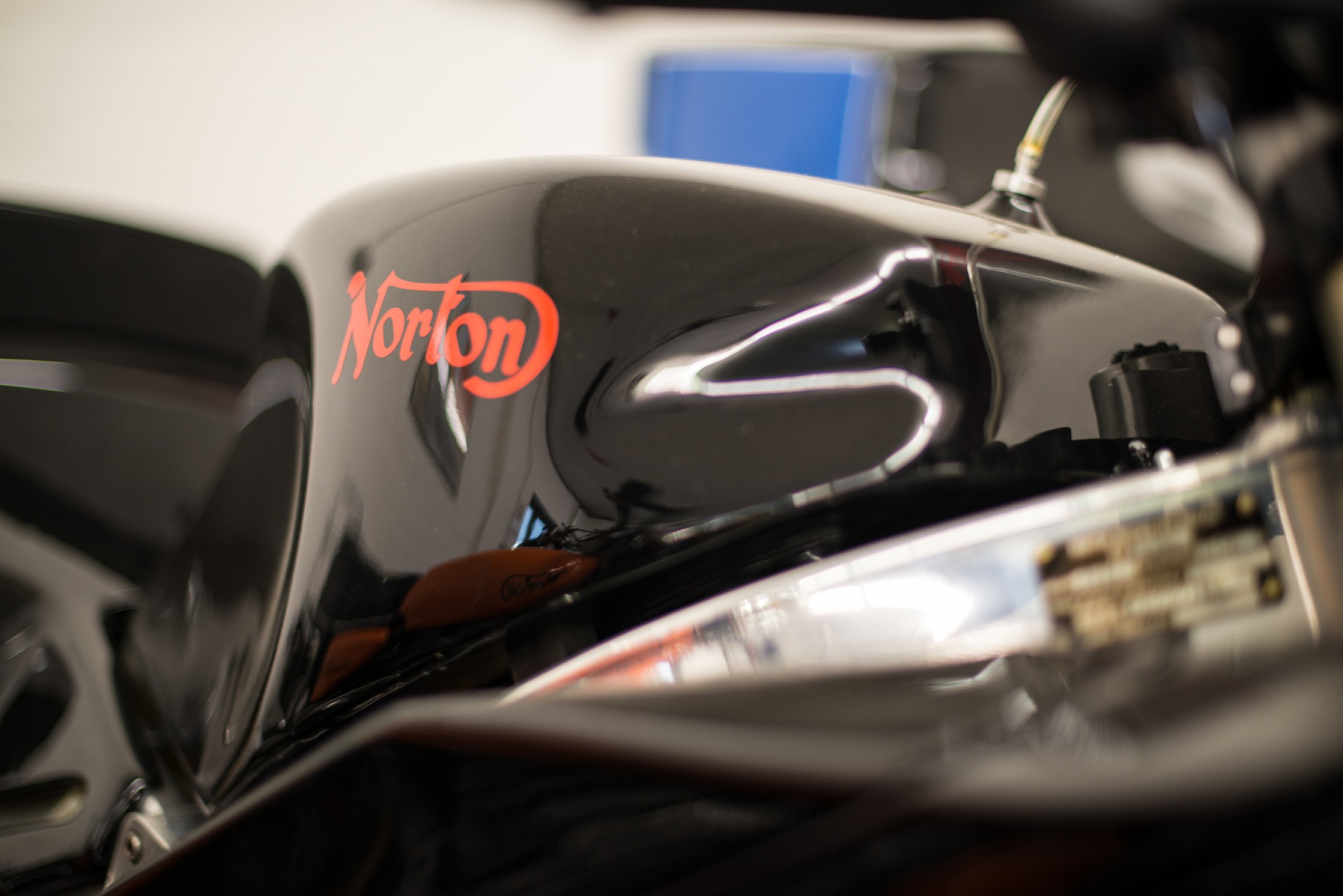- Joined
- May 28, 2003
- Messages
- 2,590
The original was read from the drive side. 20 years after putting a new one on my ‘72 combat I noticed I put it on facing the timing side. Oh well.
74 faces timing side, 72 Combat faces Drive side.
Both appear to be original..
Do 750's face one way, 850's the other?
Knowing which direction during what time frame and series of commando is the difficult part.
With a new plate I always suspect fraud. Original faded is my preference.
An equipment survey of unmolested bikes, past threads, the parts book and even many vendors are not aware of the actual cert plate use.
Even this link info is not correct: cert plates
I have found several others...
IMO- Do what you want , It's obvious no one knows or is telling.


